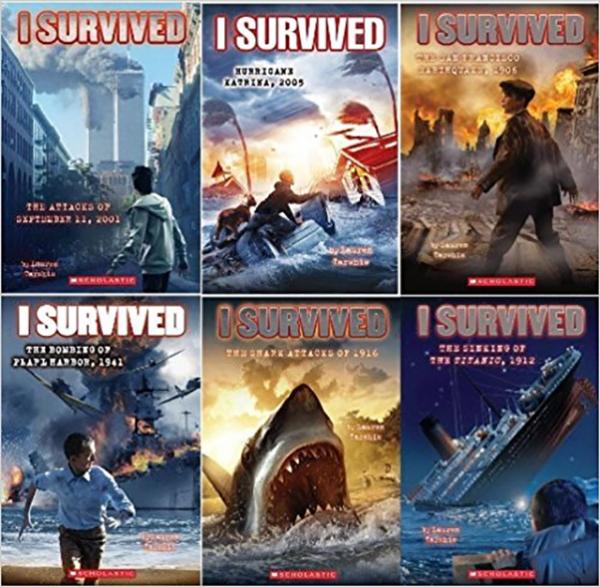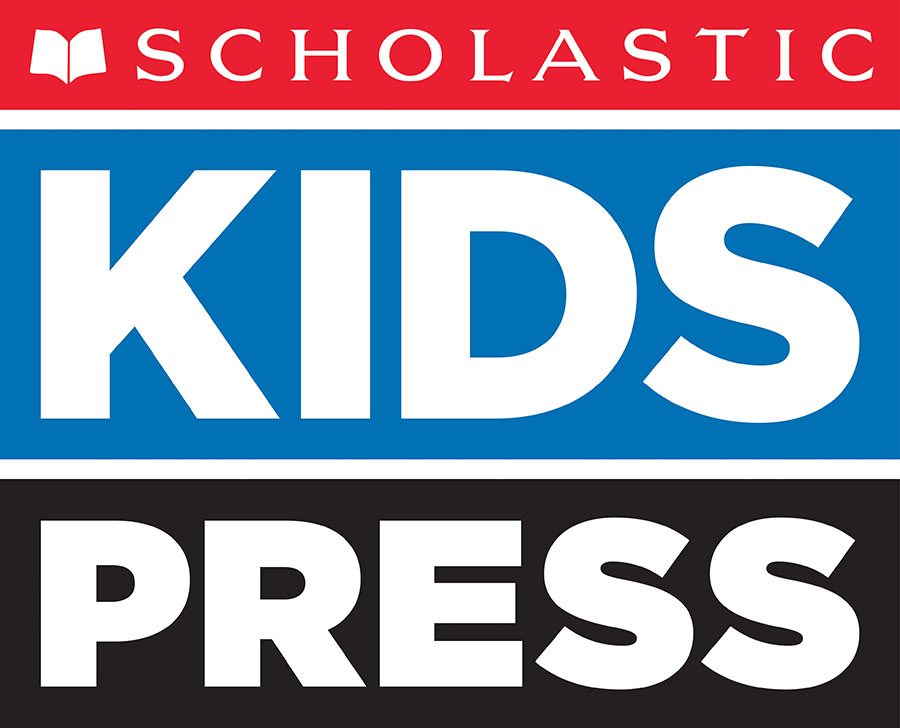KID REPORTERS’ NOTEBOOK
The American Revolution Through a Kid’s Eyes
Lauren Tarshis with Robert at the Museum of the American Revolution
When Lauren Tarshis published I Survived the Sinking of the Titanic, 1912 (Scholastic, 2010), she embarked on a book series for young readers that would become a New York Times best-seller and a runaway hit with kids. Her most recent title is called I Survived The American Revolution, 1776.
On January 9, Tarshis recorded a virtual field trip at the Museum of the American Revolution in Philadelphia, Pennsylvania. Before the event, I toured the museum, which contains several wartime artifacts, including the tent that General George Washington slept in at Valley Forge during the winter of 1777-’78.
I also got a chance to talk with Tarshis about the I Survived series and her life as an author. Here are highlights from our conversation:

Six books from the I Survived series by Lauren Tarshis
Why did you select the American Revolution as a topic for one of your books?
I got a lot of requests to write about the American Revolution, almost from the beginning of the series. But it was very hard to decide which part of the Revolution to write about because it lasted for eight years. I felt that the most famous events—like Valley Forge, the Boston Massacre, and the Boston Tea Party—wouldn’t allow me to give the background of the Revolution in a way that kids would be able to understand. So I decided to write about the summer of 1776, right after the Declaration of Independence was signed and the biggest battle of the war, the Battle of Brooklyn.
What challenges did you face writing through the eyes of a child?
It was very challenging because not many kids kept journals during the Revolution. I got a lot of information from a book by Joseph Plumb Martin, who was only 14 when the war broke out.
Besides the I Survived series, what historical books would you recommend to young people?
More and more authors are writing great historical books. There’s James Swanson, who has written about Abraham Lincoln and Martin Luther King Jr. Deborah Hopkinson writes wonderful books for kids [A Band of Angels, Abe Lincoln Crosses a Creek, and Annie and Helen]. There is also the Lost series [by Tod Olson], which I love.
Did you want to be a writer when you were a kid?
I was a struggling reader. My dad was a writer when I was growing up, so [writing] was definitely something that 'inspired me, but I never thought that it would be possible because of the challenges I faced.
Where do you find the greatest inspiration for your writing?
From the real stories of real people. I’ve researched a lot of diaries, letters, and books that focus on real people. Even though I write historical fiction and make up my characters, my books are still based on real experiences.
Robert examines an artifact with Lauren at the Museum of the American Revolution.
Your next book, I Survived the Children’s Blizzard, 1888, is due out in February. Why was the blizzard historically significant?
The children’s blizzard shaped the experiences of thousands of pioneers who lived in the American West during that time. What I love about it is that it is a real pioneer’s story, about the struggles the pioneers had to try and settle the land.
What advice do you have for aspiring writers?
Don’t think of writing as a talent. It’s a skill that you learn. Just like a sport or chess or Minecraft, it’s something that benefits from practice.
The virtual field trip led by author Lauren Tarshis at the Museum of the American Revolution will be available for streaming on February 7. Your teacher can sign your class up here.
